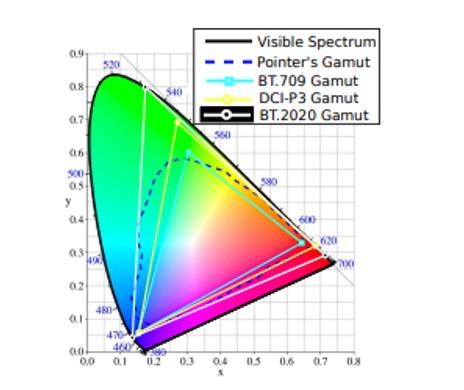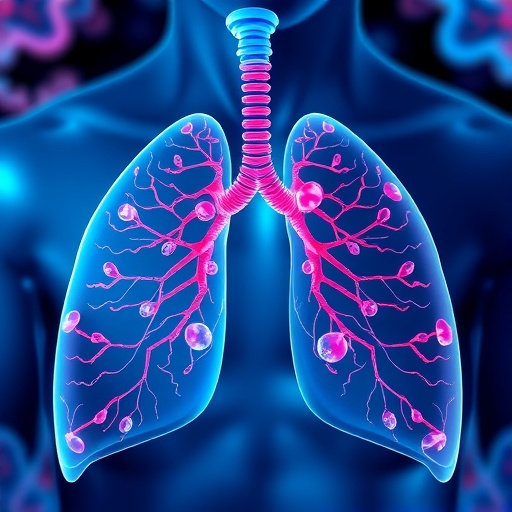Presented in an article published on Nov. 14 in the journal IEEE Transactions on Pattern Analysis and Machine Intelligence

Credit: UPF
Particularly in the film industry, the rapid development of display technologies has created an urgent need to develop fast, automatic gamut mapping algorithms. An article published on 14 November in the advanced online edition of the IEEE Transactions on Pattern Analysis and Machine Intelligence presents significant progress in this area.
A screen’s colour range is the set of colours it can reproduce. Wider screen formats can present more vivid and intense colours. The mapping of gamut or range is the process of adapting colours to the range of the screen to fully exploit the colour palette of the display device on which the content is shown, while preserving the artistic intent of the creator of the original content.
The goal of gamut mapping for film is to develop algorithms (gamut mapping algorithms, GMA) that reproduce the original content of the film insofar as possible respecting the artist’s vision, because this is an important feature that all GMA should have in order to be adopted by the film industry. “Therefore, for this study we performed psychophysical experiments to compare the performance of the proposed GMA with other methods in film conditions using a digital film projector (Barco-DP-1200 [75]) and a large projection screen”, the authors point out in their article.
Software that mimics the neural processes of the human visual system
“In this paper, we propose a new framework based on biological visual models. Our method both reduces and extends the gamut, is of low computational complexity, produces results that are free from artefacts, and outperforms the most advanced methods according to psychophysical tests”, explain the authors Syed Waqas Zamir, researcher at the Inception Institute of Artificial Intelligence, Abu Dhabi (UAE) and PhD from UPF (2017), and Javier Vázquez-Corral and Marcelo Bertalmío, researchers at the Department of Information and Communication Technologies (DTIC) at UPF..
In this paper, the authors present the details of a new method based on neural models that come from scientific knowledge about human vision. As Bertalmío, coordinator of the Image Processing for Enhanced Cinematography (IP4EC) research group explains, “instead of working on the hardware, improving lenses and sensors, we resort to the latest knowledge of neuroscience and the existing models of visual perception to develop software methods that mimic the neural processes of the visual system applying these methods to the images harnessed by a regular camera”.
“Our experiments also highlight the limitations of existing objective metrics to the problem of gamut mapping and provides solutions”, they add.
###
Media Contact
UPF
[email protected]
Original Source
https:/
Related Journal Article
http://dx.




